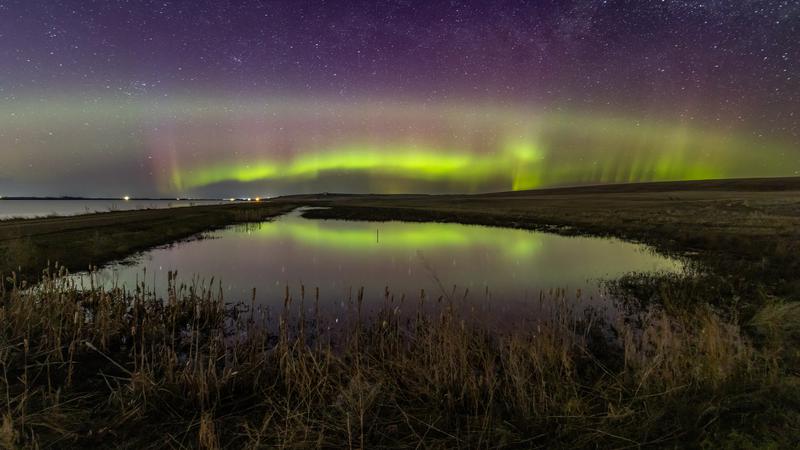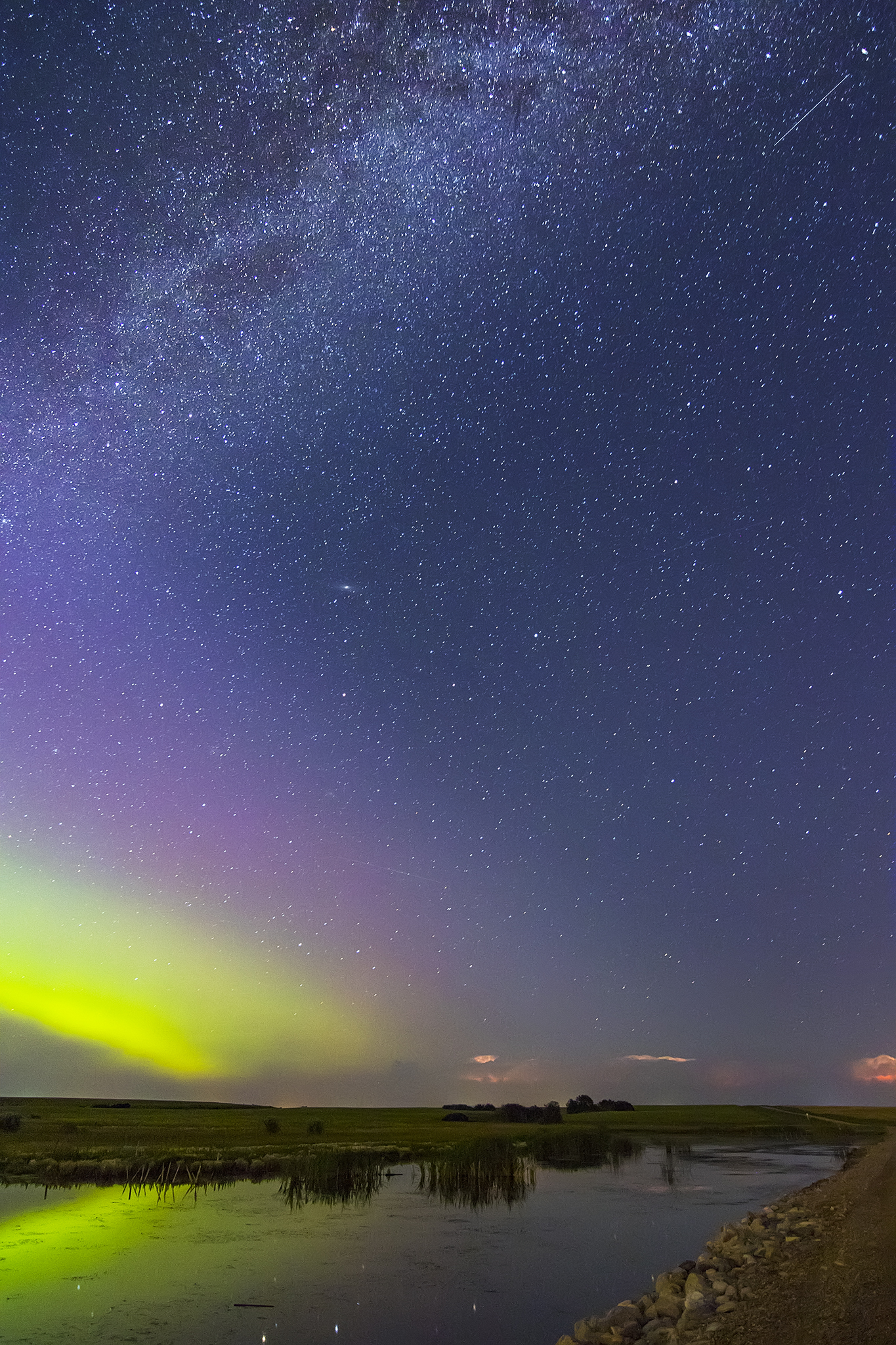
The growing global fascination with the northern lights
Dale Boan is a Saskatoon software developer by day and an aurora borealis chaser by night.
“It’s a very unique phenomenon and it’s rarely the same twice, especially when it’s stronger. The patterns are always different. The behaviour is always different. Sometimes you can actually watch bands of it come from the North towards you and it’s a very, very magical experience.”
Boan isn’t alone in his fascination for the northern lights. He’s just one of 78,000 members (and growing) of the popular Facebook group Saskatchewan Aurora Hunters.
“It’s basically for northern lights enthusiasts – primarily people in Saskatchewan, but we have people from all over the world,” Boan said.





